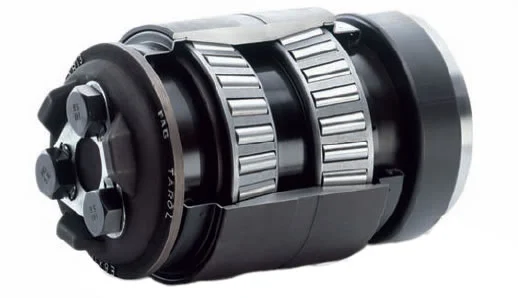Table of Contents
Categories
-
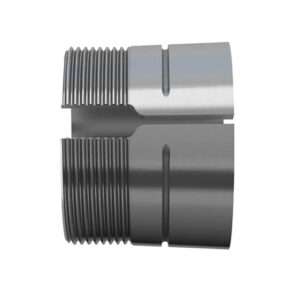
Adapter Sleeves (9)
-
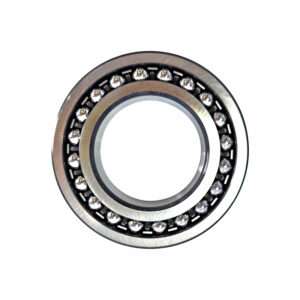
Ball Bearings (11)
-
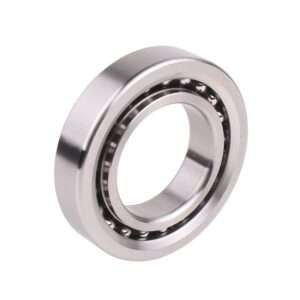
Ball Screw Bearings (2)
-
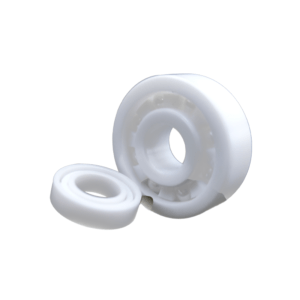
Ceramic Bearings (27)
-
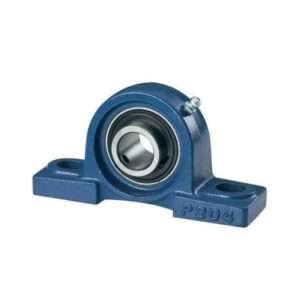
Pillow Block Bearings (4)
-
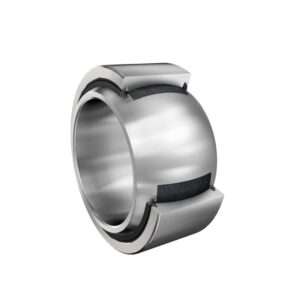
Plain Bearings (32)
-
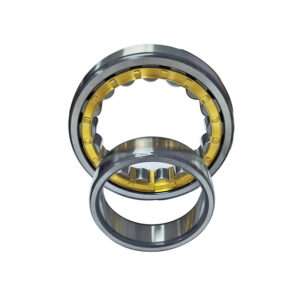
Roller Bearings (12)
-
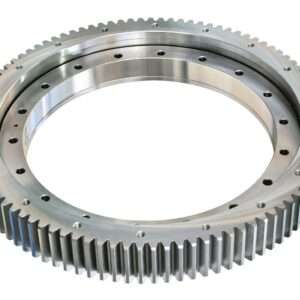
Slewing Bearings (43)
-
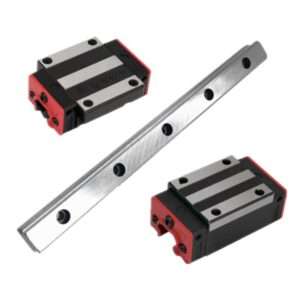
Sliding Block (3)
-
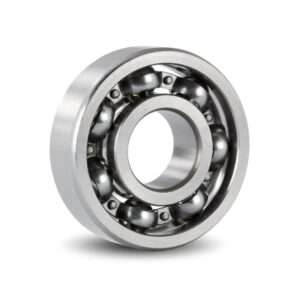
Stainless Steel Bearings (27)
-
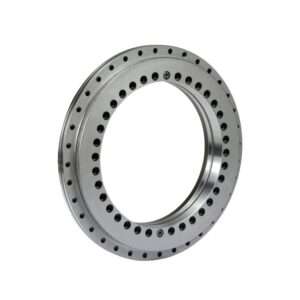
Super Precision Bearings (6)
-
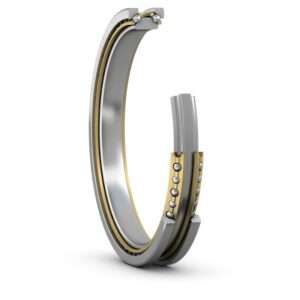
Thin Section Bearings (9)
-
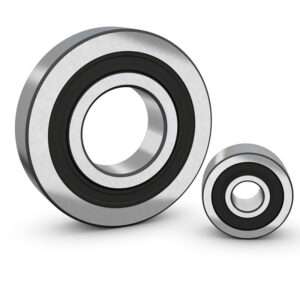
Track Rollers (4)
-
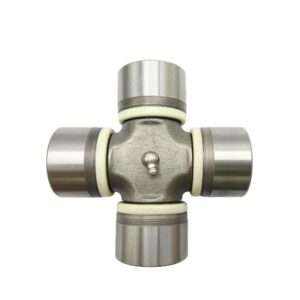
Universal Joints (1)
Advanced Design and Engineering of Flange Bearings for High-Load Applications
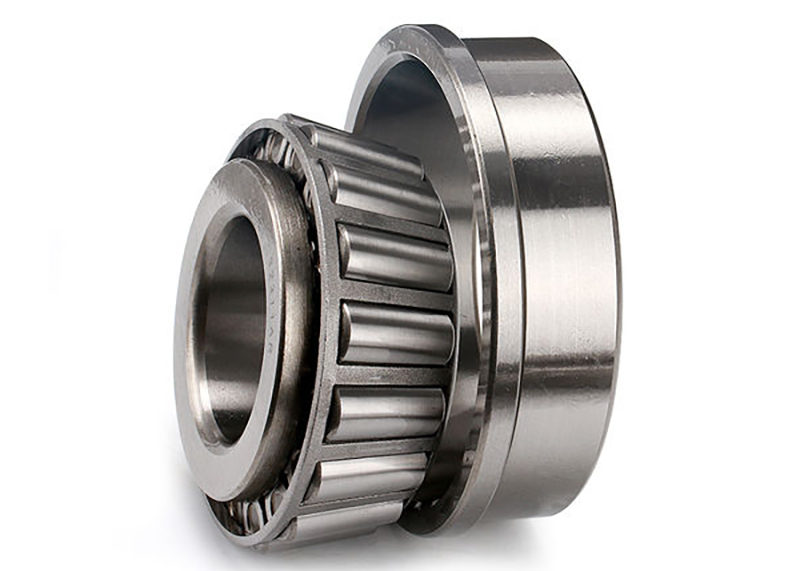
Introduction
Flange bearings are critical in high-load applications as they support and stabilize heavy loads, ensuring efficient machinery operation and longevity. Their importance spans various industries, from aerospace to heavy machinery, where reliability and performance under extreme conditions are paramount. The design challenges include selecting suitable materials to withstand high stress, ensuring proper heat dissipation, and achieving precise alignment to minimize wear and tear. Advanced engineering solutions are essential to address these challenges, ensuring the bearings meet stringent performance and durability standards in demanding environments.
Fundamentals of Flange Bearings
Definition, functions and types
Flange bearings are mechanical components designed to support and guide rotating shafts while accommodating both radial and axial loads. They consist of a bearing mounted within a flange housing, which can be easily attached to a machine frame or other structure, providing a secure and stable mounting point. The primary functions of flange bearings include reducing friction between moving parts, maintaining shaft alignment, and bearing heavy loads to ensure smooth and efficient machinery operation. There are several types of flange bearings, each suited to specific applications: sleeve bearings, which provide simple and effective support for rotating shafts; thrust bearings, designed to handle axial loads; pillow block bearings, which offer robust support for heavy-duty applications; and roller bearings, which can handle higher load capacities and provide greater durability. These variations enable flange bearings to be versatile components in numerous industrial settings, from light-duty applications to the most demanding high-load environments.
Components of Flange Bearings
Flange bearings consist of several key components that work together to provide support and reduce friction for rotating shafts. The primary component is the flange, a flat or slightly raised surface that mounts the bearing to a machine frame or structure, ensuring stability and proper alignment. The shaft, which rotates within the bearing, is supported and guided by the inner and outer rings of the bearing assembly. The housing, which encases the bearing, offers protection against contaminants and facilitates easy installation. Additionally, a lubrication system, either grease or oil-based, is integrated to minimize friction and wear, ensuring smooth operation and extended bearing life. These components collectively ensure that flange bearings can efficiently support high-load applications across various industrial environments.
Design Considerations for High-Load Applications
Load Capacity Analysis
Material Selection
Material selection is a vital design consideration for flange bearings in high-load applications, directly impacting their performance and longevity. Engineers must choose materials that can withstand significant stresses and operational demands. Bearing materials need to possess high fatigue strength, wear resistance, and the ability to maintain structural integrity under extreme conditions. Common materials include hardened steel, ceramics, and advanced composites. The flange material must also be robust, often made from cast iron, steel, or aluminum, to ensure stability and support. Additionally, the choice of lubrication materials is crucial to reduce friction and prevent wear. Proper material selection enhances the bearing’s ability to handle high loads, resist environmental factors like corrosion and heat, and maintain efficient operation over prolonged periods, thereby ensuring reliability in demanding industrial applications.
Heat Dissipation and Cooling Mechanisms
In high-load applications, effective heat dissipation and cooling mechanisms are crucial design considerations for flange bearings to maintain optimal performance and prevent premature failure. As bearings experience friction during operation, heat is generated, which can lead to thermal expansion, degradation of lubricants, and ultimately, component failure. Engineers employ various strategies to dissipate heat efficiently, such as designing bearings with high thermal conductivity materials, incorporating heat sinks to draw heat away from critical components, and implementing cooling channels or fins to enhance heat dissipation. By managing heat effectively, these mechanisms help maintain stable operating temperatures, prolonging bearing life, and ensuring consistent performance under heavy loads. Thus, careful consideration of heat dissipation and cooling mechanisms is essential in designing flange bearings for high-load applications where thermal management is critical.
Structural Analysis and Finite Element Modeling
Stress Analysis
Structural analysis and finite element modeling play a pivotal role in ensuring the reliability and durability of flange bearings in high-load applications, with stress analysis being a key aspect of this process. By subjecting the bearing components to virtual simulations and mathematical models, engineers can predict how different loads and forces will affect the structural integrity of the bearings. Stress analysis involves examining various types of stresses, including shear, torsional, and axial stresses, to identify potential weak points and areas of concern within the bearing assembly. Through detailed stress analysis, engineers can optimize the design, select appropriate materials, and implement reinforcement strategies to enhance the bearing’s ability to withstand high loads and operating conditions, ultimately ensuring robust performance and longevity in demanding industrial environments.
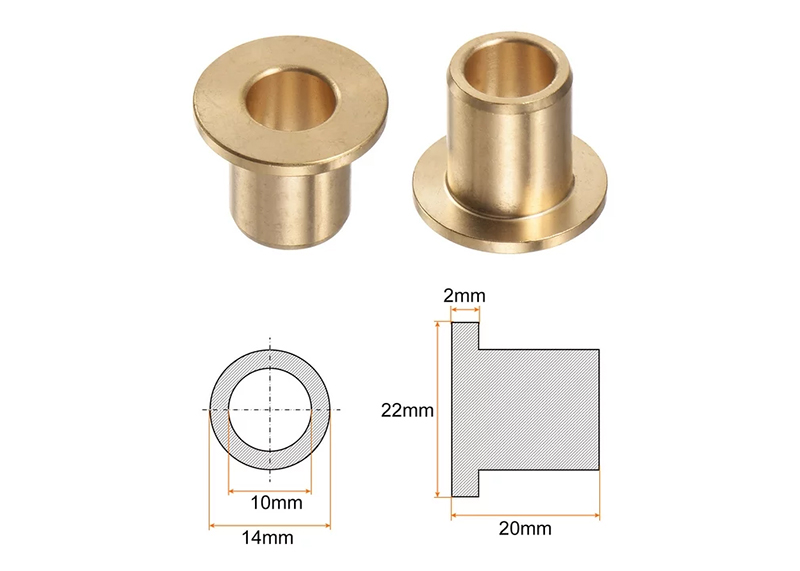
Deflection Analysis
Deflection analysis is a crucial component of structural analysis and finite element modeling for flange bearings in high-load applications. This analysis evaluates how the bearing and its components deform under various load conditions, which is essential for maintaining precise alignment and efficient operation. By simulating deflection, engineers can predict how the bearing will respond to static and dynamic loads, ensuring that deformations remain within acceptable limits. Techniques for calculating deflection include mathematical modeling and computer simulations, which provide detailed insights into potential issues. Identifying and mitigating excessive deflection helps in optimizing the bearing design, enhancing load distribution, and preventing premature wear and failure, thereby ensuring reliable performance and longevity in demanding applications.
Fatigue Analysis
Fatigue analysis is a critical aspect of structural analysis and finite element modeling for flange bearings used in high-load applications. This analysis assesses the bearing’s ability to withstand repeated loading and unloading cycles, which can lead to material fatigue over time. By evaluating the fatigue failure mechanisms and identifying the endurance limits of the bearing materials, engineers can predict the bearing’s lifespan under specific operating conditions. Advanced fatigue life prediction models and simulations help in understanding how different stress levels and cycles impact the bearing’s durability. Incorporating fatigue analysis into the design process ensures that the bearings are robust and reliable, reducing the risk of unexpected failures and extending their operational life in demanding industrial environments.
Advanced Manufacturing Techniques
Advanced manufacturing techniques play a pivotal role in enhancing the performance and capabilities of flange bearings for high-load applications. Precision machining processes enable the fabrication of bearings with tight tolerances and complex geometries, ensuring optimal functionality and reliability. Techniques such as CNC machining and grinding/lapping allow for the production of high-precision bearing components with superior surface finish and dimensional accuracy.
Additionally, additive manufacturing (AM) has emerged as a groundbreaking method for producing flange bearings, offering design flexibility, rapid prototyping, and the ability to create intricate structures not feasible with traditional manufacturing methods. AM techniques like selective laser melting (SLM) and electron beam melting (EBM) enable the production of customized bearings with optimized internal structures for enhanced load-bearing capacity and performance.
Furthermore, surface coating and treatment processes play a crucial role in improving the wear resistance, friction reduction, and corrosion protection of flange bearings. Techniques such as thermal spraying and plasma nitriding can be applied to enhance the surface properties of bearing components, prolonging their service life and ensuring reliable operation in harsh operating environments.
By leveraging these advanced manufacturing techniques, engineers can design and fabricate flange bearings that meet the stringent requirements of high-load applications, delivering superior performance, durability, and efficiency.
Lubrication Systems and Maintenance
Lubrication systems and maintenance are critical aspects of ensuring the reliable performance and longevity of flange bearings in high-load applications. Proper lubrication is essential for reducing friction between bearing components, minimizing wear, and dissipating heat generated during operation. Engineers must carefully select the appropriate lubrication method, whether it be grease or oil-based, based on factors such as load conditions, operating temperatures, and environmental factors. Regular lubrication maintenance is also essential to replenish the lubricant, remove contaminants, and prevent dry running, which can lead to premature wear and bearing failure. Maintenance practices such as lubrication interval optimization and contamination control measures help extend the service life of flange bearings and ensure consistent performance under demanding conditions. By implementing effective lubrication systems and maintenance protocols, engineers can maximize the reliability, efficiency, and durability of flange bearings in high-load applications, minimizing downtime and optimizing operational performance.
Environmental Considerations
Environmental considerations are crucial in the design and application of flange bearings for high-load applications, as they significantly impact performance and longevity. Factors such as corrosion resistance and temperature extremes must be carefully addressed. Bearings operating in corrosive environments require materials and coatings that can withstand exposure to harsh chemicals and moisture, preventing degradation and maintaining structural integrity. Additionally, bearings must be designed to function effectively under varying temperature conditions, from high-temperature applications, where thermal stability and heat resistance are essential, to cryogenic applications that demand materials capable of maintaining their properties at extremely low temperatures. Engineers must also consider environmental regulations and sustainability, selecting eco-friendly materials and manufacturing processes that reduce the environmental footprint. By addressing these environmental considerations, engineers ensure that flange bearings operate reliably and efficiently in diverse and challenging conditions, enhancing their durability and performance while complying with environmental standards.
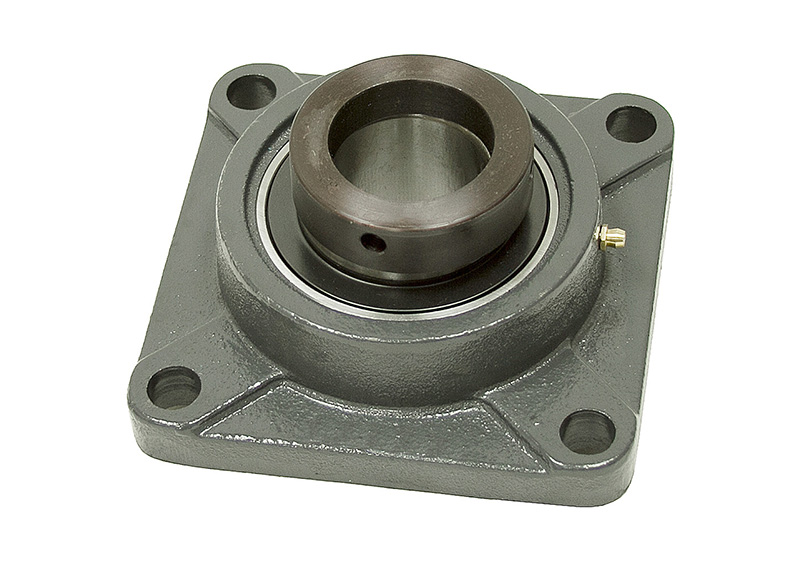
Challenges and Opportunities in Flange Bearing Design
The design of flange bearings for high-load applications presents both significant challenges and exciting opportunities. Engineers face the challenge of developing bearings that can withstand extreme loads, high temperatures, and corrosive environments while maintaining high precision and durability. Material selection, heat dissipation, and advanced manufacturing techniques must be meticulously optimized to meet these demands. Despite these challenges, there are numerous opportunities for innovation. Advances in materials science, such as the development of stronger, lighter, and more corrosion-resistant composites, open new possibilities for bearing performance enhancement. Additionally, the integration of smart technologies, such as sensors for real-time condition monitoring, allows for predictive maintenance and improved reliability. Sustainable manufacturing practices and eco-friendly materials also present opportunities to reduce environmental impact. By addressing these challenges and leveraging new technologies, engineers can push the boundaries of flange bearing design, achieving greater efficiency, reliability, and sustainability in high-load applications.
Conclusion
Flange bearings are indispensable in high-load applications across various industries, ensuring machinery stability and longevity. These components must withstand extreme stresses, maintain precise alignment, and effectively dissipate heat. Key design considerations include load capacity analysis, material selection, and advanced manufacturing techniques. Structural analyses such as stress, deflection, and fatigue assessments are crucial for optimizing performance and durability. Additionally, efficient lubrication systems and environmental resilience are vital for reliable operation. Despite challenges, advances in materials science and smart technologies offer promising opportunities for innovation, enhancing the efficiency, reliability, and sustainability of flange bearings in demanding industrial environments.
References
- 1.”Flanged bearing – what you need to think about” from Blog igus;
- 2. “What are flange bearings?” from GGB Bearing;
- 3. “Flanged ball bearing units” from SKF Bearings.
Related Posts
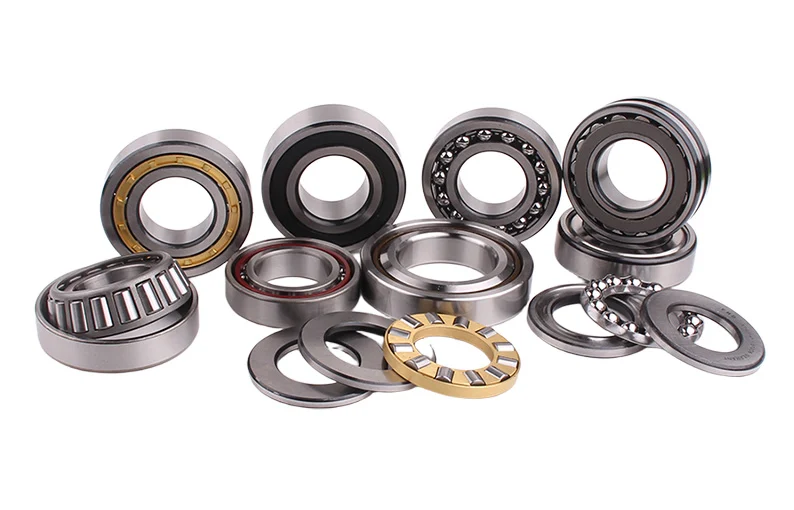
Bearing Code
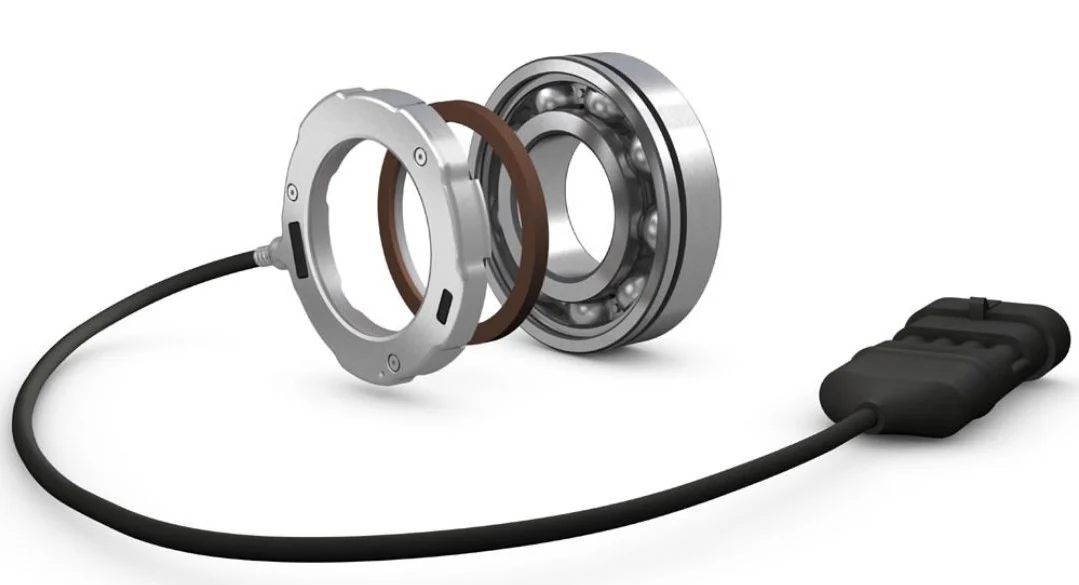
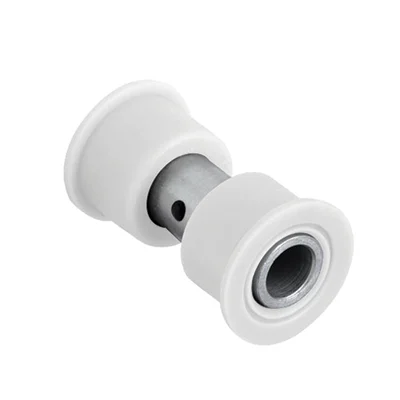
Delrin Bearings: Lubrication-Free Long Life
